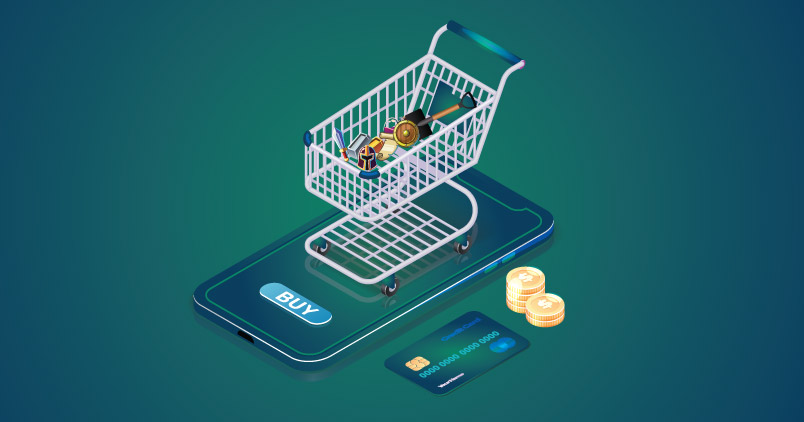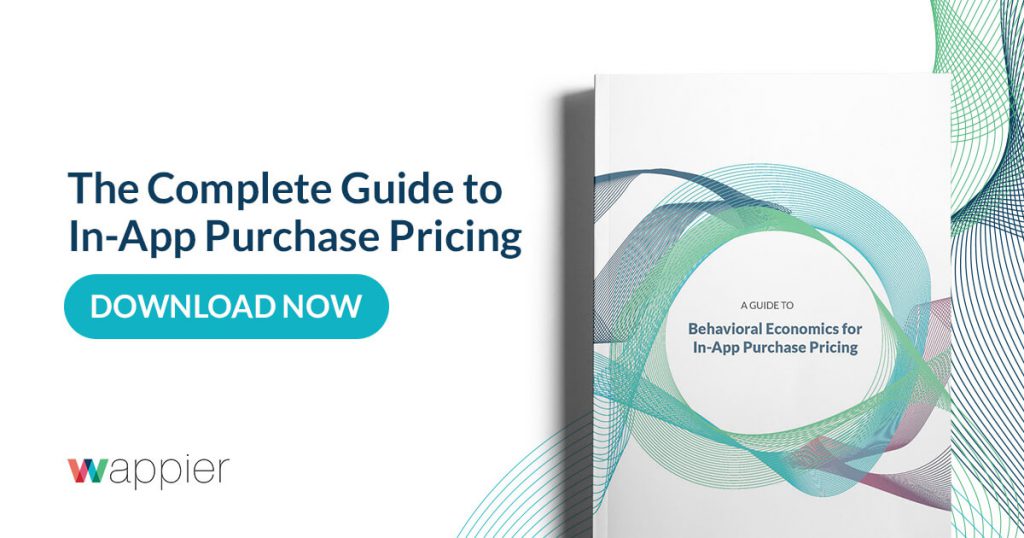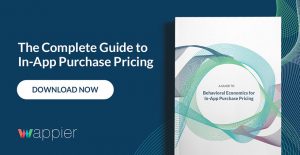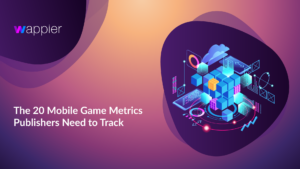In-app purchases are a foundational element of mobile free-to-play ecosystems. How can app developers implement them effectively?

Mobile developers have many options available when it comes to app monetization, but in-app purchases (IAPs) are among the most effective. According to recent studies, 79% of gaming apps on the market leverage IAPs while 50% of non-gaming apps do the same. That means we can expect IAPs to be a crucial foundation of mobile ecosystems in 2020 and beyond — but how can developers take full advantage?
The role of in-app purchases in 2020
In 2020, In-app purchases remain a primary revenue driver for free-to-play mobile gaming — users can download and play apps for free before making optional purchases from the App Store or Google Play storefronts. Non-gaming apps use a similar mechanism, though often in the form of subscriptions or real-word transactions. For non-gaming apps, IAPs can include everything from signing up for a meditation app subscription, to buying movie tickets.
Across both non-gaming and gaming apps, some examples of in-app purchases include:
- Gameplay performance-boosters (e.g. power-ups, extra lives)
- Premium gameplay items (e.g. rare weapons, avatars, etc.)
- Access to newly released app features
- Unlocking an ad-free app experience
- Unlocking a full version of a trial product
- Other premium content
Whatever product or service is being sold, IAPs are a remarkably effective monetization method. When developers target high-value and long-term users, a conversion rate as low as 2% can make your app profitable — a feat that just 0.01% of apps achieve. It’s also possible to maximize the impact of IAPs by combining them with other revenue streams. For example, users are 4.5x more likely to complete a purchase if they engage with rewarded advertising.
And that’s before we get into revenue volume — one 2019 report states that active iPhone users in the United States alone spent $79 on IAPs on average. At the end of the day, these high returns help justify the expense of acquiring new players.
How do in-app purchases work?
For developers, IAPs have slight operational differences depending on device type and platform:
iOS StoreKit framework
When preparing in-app purchases for iOS, developers should configure each app to be compatible with App Store Connect. Developers can then use the StoreKit framework to connect in-app purchases to the App Store’s payment options. In the case of subscriptions, each app and the App Store will validate purchases on the developer’s server.
StoreKit supports the following IAP options on iOS devices:
- Consumables: Items that disappear upon use, and can be purchased multiple times.
- Non-consumables: Single purchases that do not expire.
- Auto-renewable subscriptions: Unlocks services that automatically renew after fixed intervals until future payments are canceled.
- Non-renewable subscriptions: Unlocks services that expire after a limited duration, but can be purchased again.
Google Play Console
To prepare in-app purchases for Android devices, each app must include specific backend APIs that manage payment features. The most important of these are:
- The Google Play Billing Library, which implements billing options
- The Google Play Developer API, which manages purchase and subscription options.
Once the appropriate APIs are implemented, developers can include the following IAP options on Android devices:
- One-time products: Any in-app product purchase based on a single, non-recurring charge.
- Rewarded products: Any in-app product awarded to users for completing specific tasks, such as watching a video advertisement.
- Subscriptions: Any in-app product purchase that requires a recurring payment.
What are the best practices for in-app purchases?
The processes to set up IAPs for Android and iOS are fairly easy and streamlined, but it’s still the responsibility of app developers to promote them effectively within the app. With so many competitors in the marketplace, it’s crucial to adopt industry-standard best practices that engage, convert, and retain valuable users. Here are some important details to keep in mind for your monetization strategy:
- Leverage market research and user segmentation: Researching and segmenting your users lets you understand how to engage with them effectively. Conduct research on your user base to define your audience and their price points. From there, segment these audiences based on desired KPI such as lifetime value. wappier’s Smart Audience Management functionality enables you to automate these processes.
- Run promotions: New users are more likely to complete an initial IAP if there is additional value in the transaction. Discounted sales and special promotions can make IAPs that much more appealing. And if a user finds value in whatever they purchased, they’ll be even more likely to make another IAP!
- Optimize pricing: When machine learning is employed to optimize pricing at the country level, or even the user level, users will be much more inclined to make a purchase. Generic pricing tiers do not account for behavioral economics, nor do they make adjustments in real-time, so doing so offers a strong advantage.
- Fine-tune the UI/UX: Design your interface to be easy-to-navigate while offering clear markets to the storefront. Try to optimize the checkout experience to include as few user actions as possible — ideally no more than 2-3.
- Engage your users: The easiest way to convert users into paying customers is to provide an experience they actually want to put money into. Free-to-play games, for example, should provide a robust and engaging experience that players would find value in contributing to for the long-term. For example, users may feel more engaged if they are offered performance boosters at challenging moments in gameplay. Create enough friction to make the game fun, without making it feel impossible.
- Predict & prevent churn: One common idiom is that it’s cheaper to retain an existing user than acquire a new one. It’s also absolutely true. By creating ways to highlight the value of your app to existing users, you’ll reduce churn and increase the lifetime value of paying customers. Predictive analytics can also help you understand which users to target, and how to provide value at that point in their lifecycle.
In-app purchases are just one part of a developer’s monetization strategy, but they can generate impressive returns when implemented correctly. At wappier, we provide the tools and resources to help you achieve these goals, from IAP pricing optimization to automated loyalty programs that boost retention. Contact us today to find out how our platform can help you engage with users and boost your app revenue.







